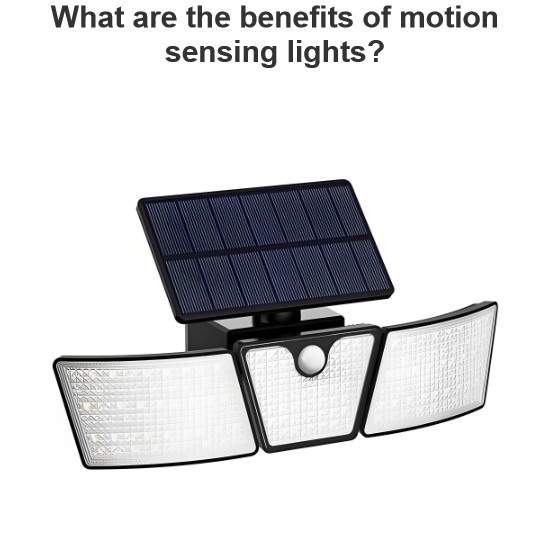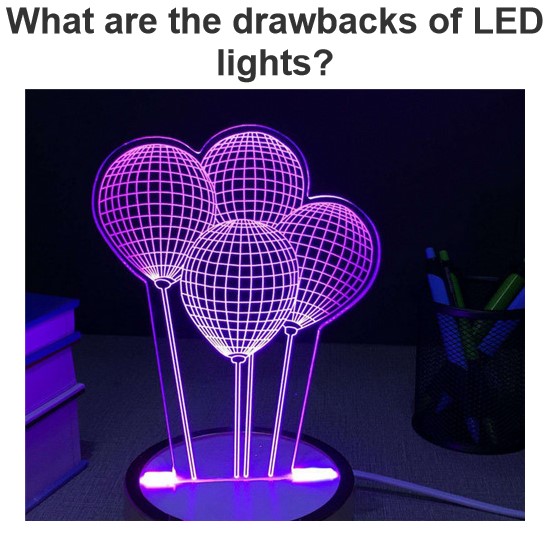Hospital Lighting: Design, Requirements, and Types
Hospital lighting is an essential aspect of healthcare facilities that affect the well-being and performance of patients, staff, and visitors. Hospital lighting design should consider the specific needs and preferences of different spaces and users, as well as the energy efficiency and sustainability of the lighting system. In this article, we will discuss the main purpose and objectives of hospital lighting, the required illuminance levels and types of luminaires for various hospital areas, and some examples of hospital lighting solutions.
What is Hospital Lighting?
Hospital lighting is defined as the artificial illumination of healthcare facilities, such as hospitals, clinics, nursing homes, etc. Hospital lighting can be divided into two main categories: interior lighting and exterior lighting.
Interior lighting refers to the lighting of indoor spaces where medical activities and services are performed or provided, such as patient rooms, operating rooms, examination rooms, waiting areas, corridors, etc. Interior lighting should create a comfortable, safe, and functional environment for patients and staff, as well as a welcoming and pleasant atmosphere for visitors.
Exterior lighting refers to the lighting of outdoor spaces around the healthcare facility, such as parking lots, entrances, facades, etc. Exterior lighting should enhance the visibility, security, and aesthetics of the facility, as well as comply with local codes and regulations.
Main Purpose and Objectives of Hospital Lighting
The main purpose of hospital lighting is to support the delivery of quality healthcare by improving both the patient experience and the staff’s ability to provide the required level of care. Some of the specific objectives of hospital lighting are:
To provide adequate and appropriate illumination for various tasks and activities performed by medical staff and patients;
To simulate natural daylight and circadian rhythms to support patients’ sleep, mood, and recovery;
To use ambient lighting to relax and reassure patients and visitors;
To create a healing environment that promotes well-being and comfort for patients and staff;
To reduce energy consumption and maintenance costs by using energy-efficient and durable lighting solutions;
To comply with energy legislation and support sustainability targets;
To enhance the architectural design and identity of the healthcare facility.
Required Illuminance Levels for Hospital Lighting
Illuminance is a measure of how much light falls on a surface. It is expressed in lux (lx), which is equal to one lumen per square meter.

Lumen is a measure of how much light is emitted by a light source. Different hospital areas require different illuminance levels depending on their function and usage. The following table shows some examples of recommended illuminance levels for various hospital areas according to international standards.
Hospital Area
Recommended Illuminance Level (lx)
Operating room |
1000 – 3000 |
Examination room |
500 – 1000 |
Patient room |
100 – 300 |
Waiting area |
200 – 300 |
Corridor |
100 – 200 |
Reception |
300 – 500 |
Parking lot |
20 – 50 |
Types of Luminaires for Hospital Lighting
A luminaire is a device that distributes light from one or more light sources. It consists of a housing, a lamp holder, a reflector, a diffuser, a ballast, a driver, etc. Different types of luminaires are used for different hospital areas depending on their characteristics and performance. Some of the common types of luminaires for hospital lighting are:
Recessed luminaires: These are luminaires that are mounted into a ceiling or wall cavity so that only the light-emitting part is visible.

They are suitable for spaces where a clean and unobtrusive appearance is desired, such as patient rooms, corridors, waiting areas, etc.
Surface-mounted luminaires: These are luminaires that are attached directly to a ceiling or wall surface.
They are suitable for spaces where recessed mounting is not possible or where additional illumination is needed, such as examination rooms, operating rooms, reception areas, etc.
Pendant luminaires: These are luminaires that are suspended from a ceiling by a cord or chain.

They are suitable for spaces where a decorative or accent effect is desired or where direct illumination is needed over a specific area, such as waiting areas, entrance halls, dining areas, etc.
Track luminaires: These are luminaires that are mounted on a track system that allows them to be moved or adjusted along the track.
They are suitable for spaces where flexible and directional illumination is needed or where multiple tasks or activities are performed, such as examination rooms, operating rooms, laboratories, etc.
Mobile luminaires: These are luminaires that are mounted on a movable base or stand that allows them to be moved or adjusted around a space.
They are suitable for spaces where temporary or additional illumination is needed or where precise illumination is required over a specific area or object, such as examination rooms, operating rooms, dentistry, etc.
Examples of Hospital Lighting Solutions
There are many hospital lighting solutions available in the market that can meet the diverse needs and preferences of healthcare facilities. Some examples of hospital lighting solutions are:
HealWell: This is an innovative LED lighting solution from Philips that simulates natural daylight patterns to support patients’ circadian rhythms and enhance their well-being and recovery. It also allows patients to personalize their room ambiance by adjusting the light intensity and color temperature according to their mood and preference.
Luminous textile: This is a creative LED lighting solution from Philips that combines textile panels with dynamic LED lights to create soothing and relaxing atmospheres. It can display colors, movement, texture, and light patterns that can evoke positive emotions and calmness in patients and visitors.
GreenParking: This is an energy-efficient LED lighting solution from Cooper Lighting Solutions that provide optimal illumination and safety for parking lots. It uses motion sensors and wireless controls to dim or switch off the lights when no activity is detected, saving up to 80% energy compared to conventional lighting systems.
Color Kinetics: This is a dynamic LED lighting solution from Philips that provides colorful and expressive architectural lighting for facades, bridges, monuments, etc. It can create stunning visual effects and enhance the identity and attractiveness of healthcare facilities.
Conclusion
Hospital lighting is an important factor that influences the quality of healthcare delivery and outcomes. Hospital lighting design should balance application requirements with aesthetics, energy efficiency, and sustainability. Hospital lighting should provide adequate and appropriate illumination for various tasks and activities, simulate natural daylight and circadian rhythms, use ambient lighting to relax and reassure patients and visitors, create a healing environment that promotes well-being and comfort, reduce energy consumption and maintenance costs, comply with energy legislation and support sustainability targets, and enhance the architectural design and identity of healthcare facilities.
Statement: Respect the original, good articles worth sharing, if there is infringement please contact delete.
Electrical4U is dedicated to the teaching and sharing of all things related to electrical and electronics engineering.















